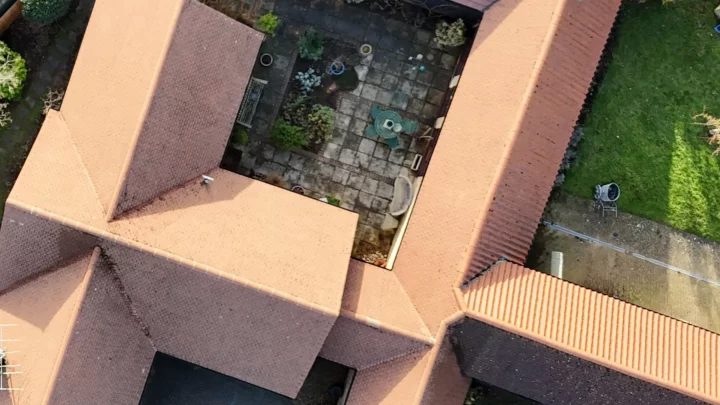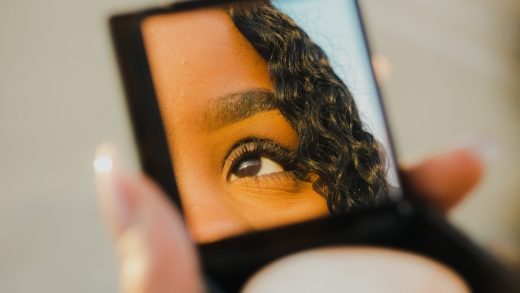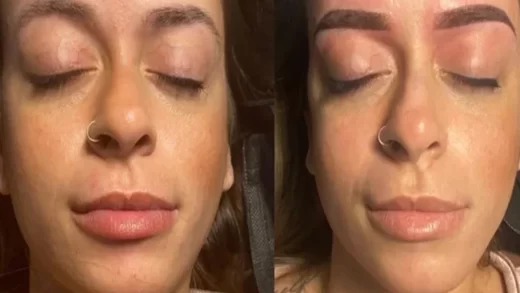Your roof is one of the most important parts of your home, providing shelter and protection from the elements. Over time, roofs accumulate dirt, moss, algae and debris and homeowners start to consider pressure washing as a solution. But is pressure washing really the best option for your roof? In this article we will look at the pros and cons of pressure washing roofs, potential damage risks, safer alternatives and expert recommendations. Whether you’re looking for roof cleaning Melbourne services or other methods, you need to get it right.
The Benefits of Pressure Washing Your Roof
Removes Dirt, Moss and Algae
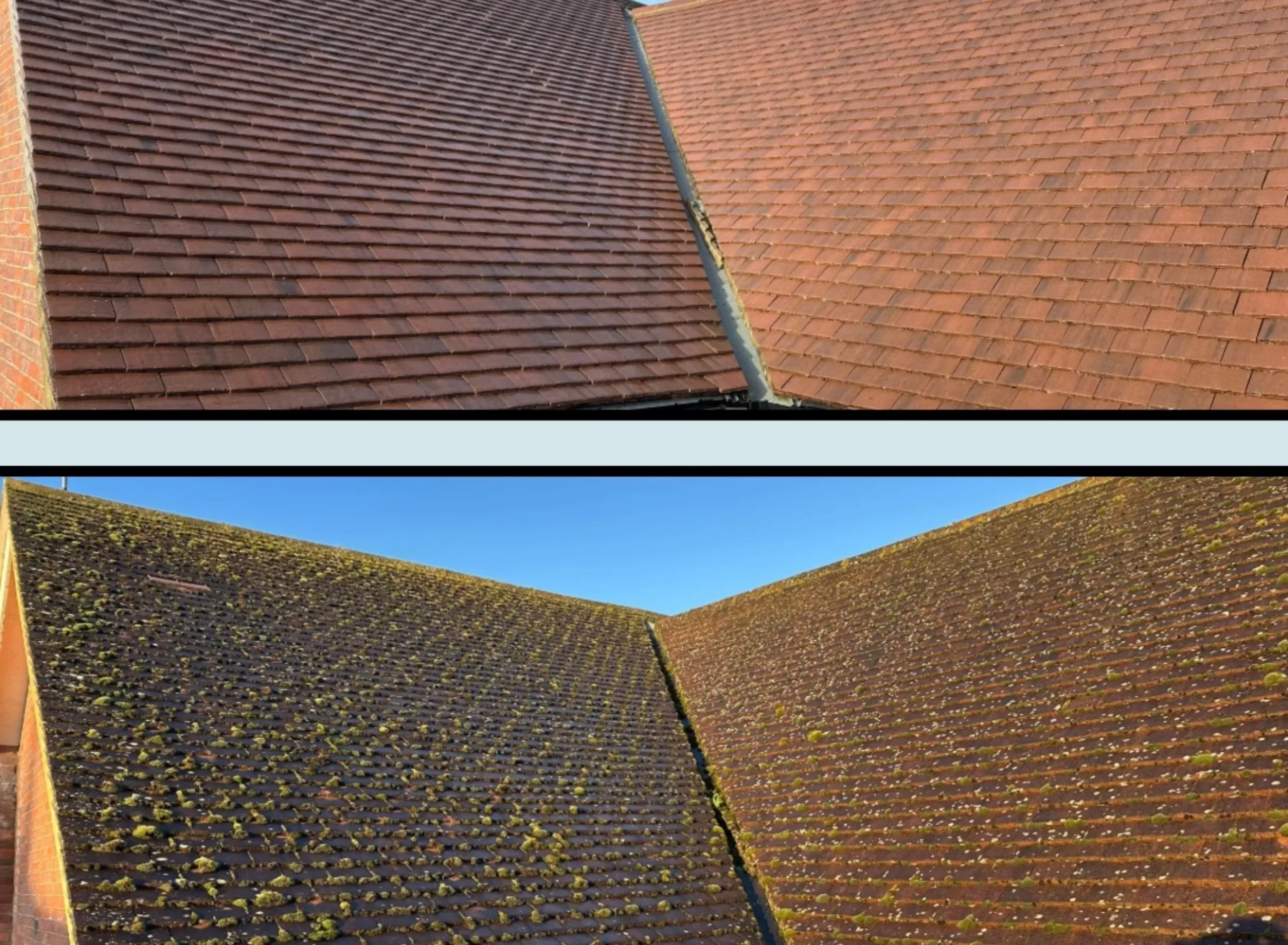
One of the main reasons homeowners consider pressure washing is that it removes stubborn dirt, moss, algae and lichen. These elements not only make the roof look ugly but can cause damage if left untreated. Roof pressure cleaning can get rid of these contaminants.
Improves Curb Appeal
A clean roof looks great for your home. If you’re selling your home, a freshly cleaned roof increases its visual appeal to potential buyers. Professional roof cleaners ensure your roof looks fresh and not damaged.
Prevents Roof Damage
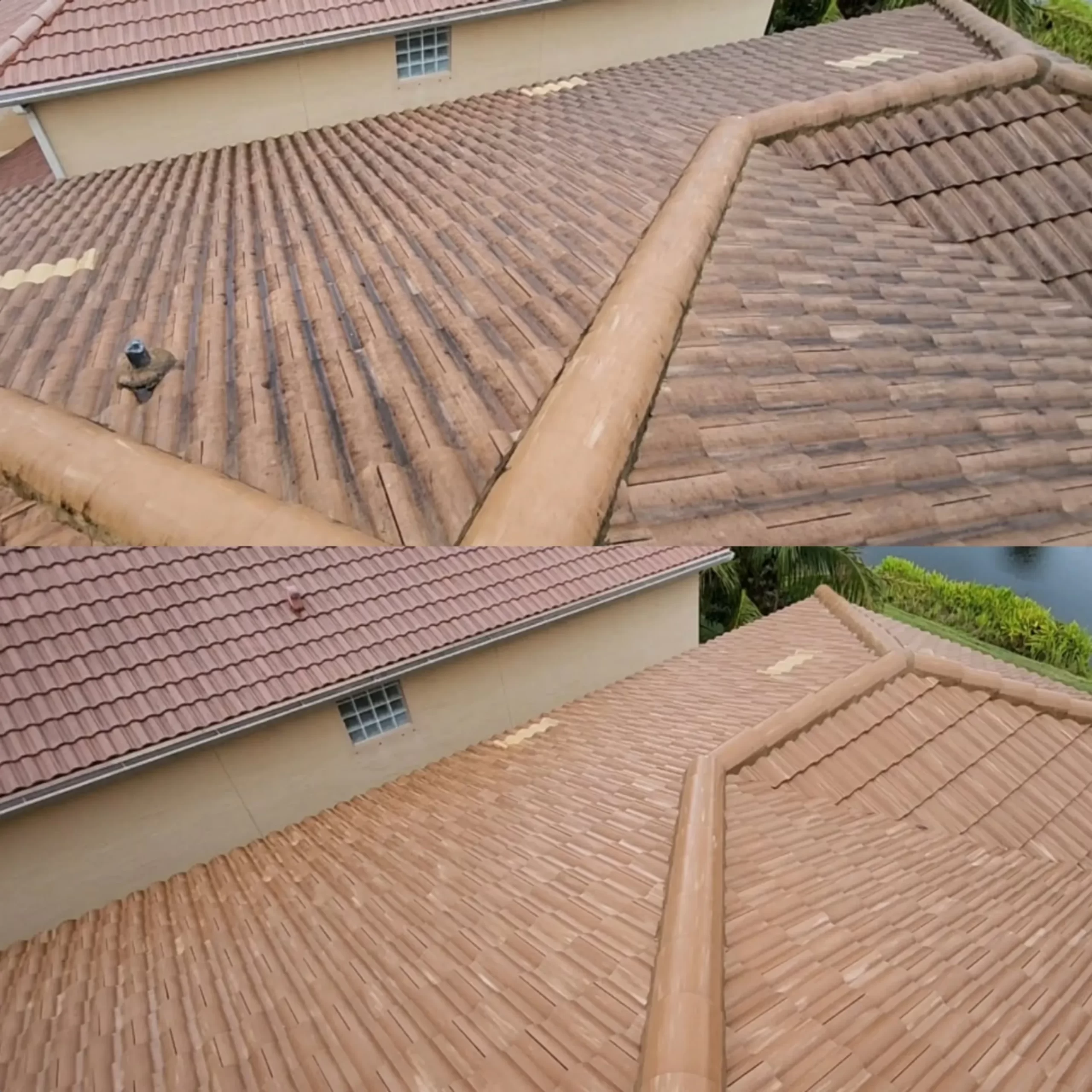
Excessive moss and algae growth can retain moisture which can lead to roof deterioration. Cleaning your roof regularly prevents this and extends the life of the shingles or tiles. If you have a colorbond roof, using the right cleaning colorbond roof techniques is crucial to maintain its integrity.
Cost Effective Alternative to Roof Replacement
If your roof looks old and worn out, a good clean might be all it needs instead of a costly replacement. Regular cleaning of the roof using the right methods can prevent costly repairs and extend the life of the roof. Hiring a professional pressure cleaning company ensures the job is done right without causing unnecessary damage.
The Risks of Pressure Washing Your Roof
Shingle or Tile Damage
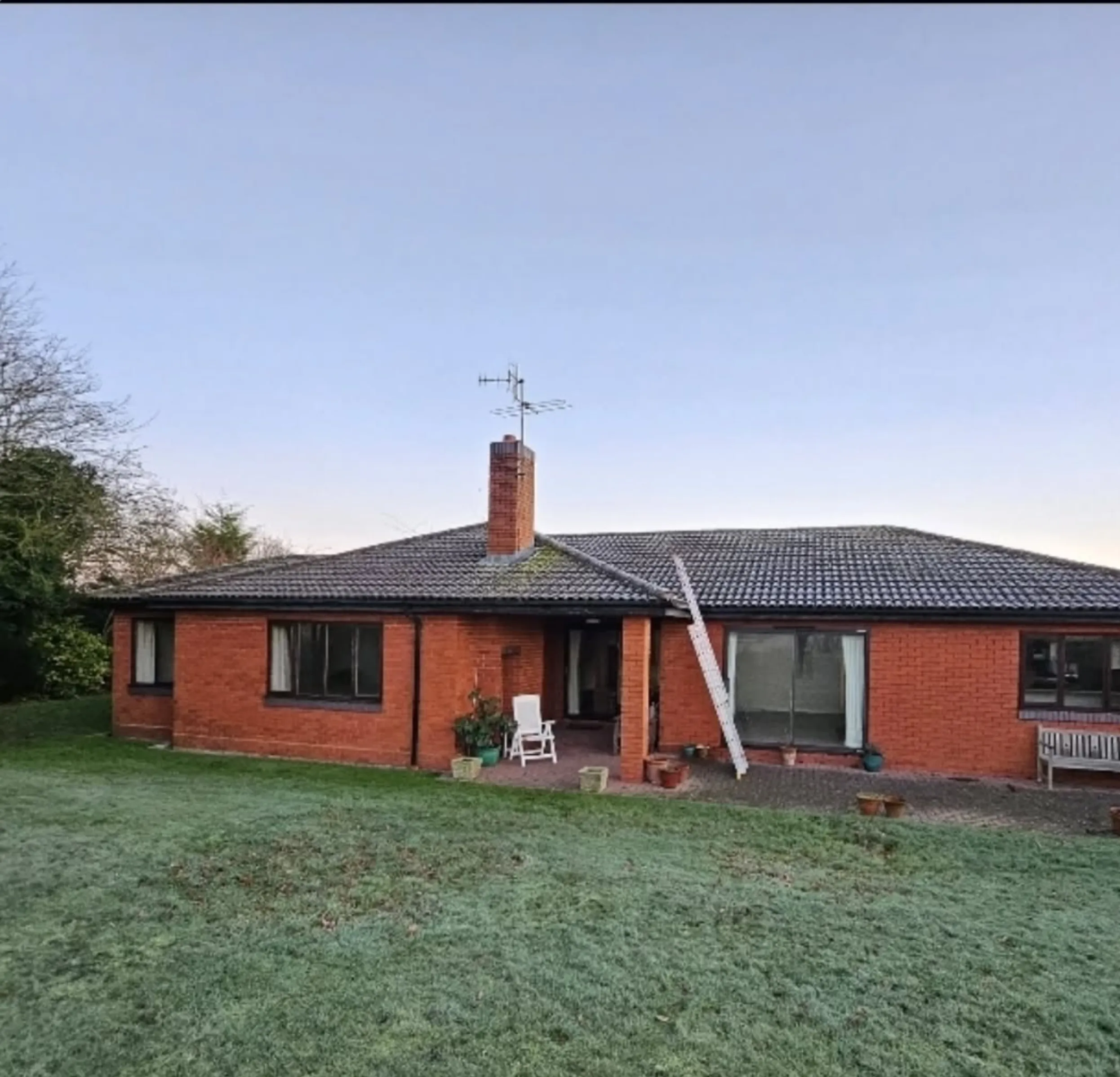
High pressure water can strip away the granules on asphalt shingles, reducing their life. For tiled roofs, pressure washing can cause cracks or dislodge tiles, leading to leaks and potential damage to the roof material.
Water Intrusion and Leaks
Using too much pressure can force water under the shingles and cause leaks, water damage and even mold growth inside your home. Wet roof conditions caused by improper washing can also compromise the underlayment material.
Voiding Roofing Warranties
Many roofing manufacturers advise against roof pressure washing as it can void warranties. If your roof is still under warranty check the guidelines before doing any cleaning method.
Safety Risks
Using a pressure washer on a sloping surface is dangerous. The force of the pressurized water on a wet surface increases the risk of slipping and falling. Proper safety gear like a safety harness should be used.
Alternative Roof Cleaning Methods
If pressure washing is too risky, what are the safer options?
Soft Washing
Soft washing uses low pressure water and biodegradable cleaning solutions to break down moss, algae and dirt without damaging the roof surface. This is the recommended cleaning method by professional roof cleaning services.
Manual Cleaning
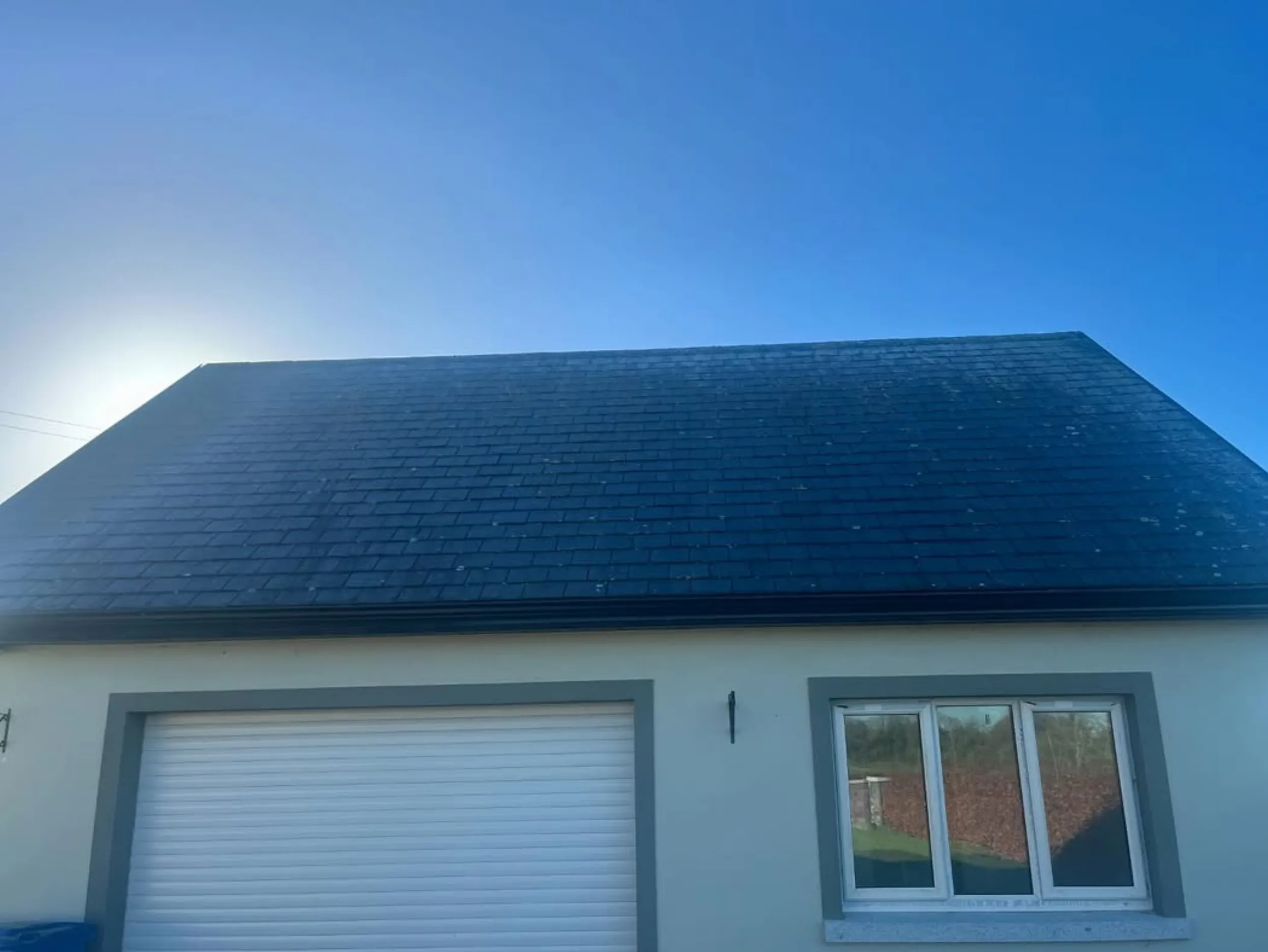
For minor moss and debris, manual cleaning with a broom or brush can be effective. Just use a soft bristle brush to avoid damaging the roofing materials.
Eco-Friendly Roof Cleaning Solutions
There are chemical solutions designed to safely remove mold, algae and stains without harming the roof structure. These can be applied and left to break down the contaminants naturally.
Expert Advice
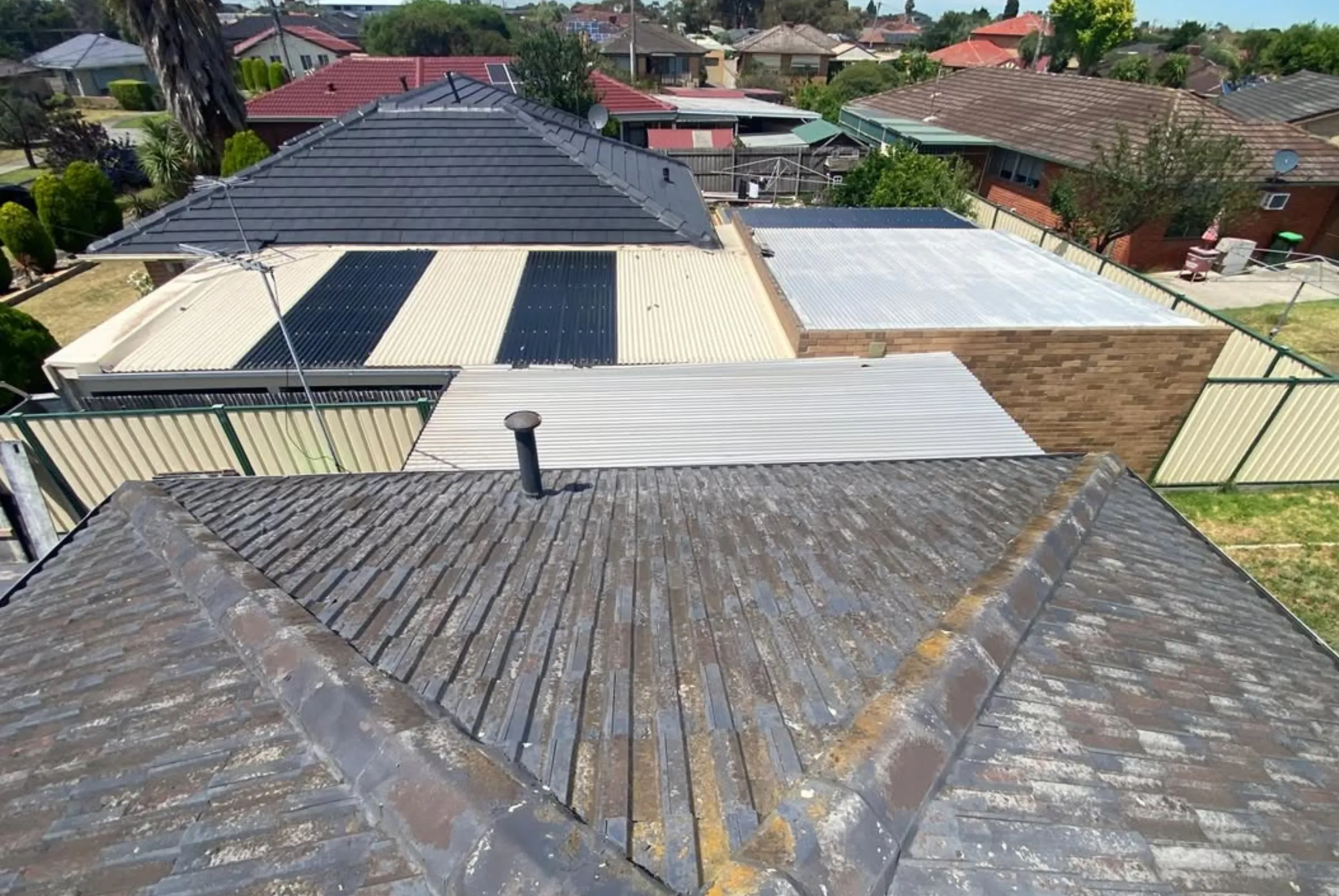
- Check your roof type: If you have asphalt shingles, avoid pressure washing. For tile or metal roofs, use moderate pressure or soft washes.
- Hire a professional: Professional roof cleaners have the right pressure washer setup, protective gear and experience to clean your roof safely and effectively.
- Maintain regularly: Prevent buildup by trimming trees, clearing debris and using algae resistant shingles if replacing your roof. Roof maintenance prevents leaks and costly repairs.
Conclusion
While pressure washing can remove dirt, moss and algae from your roof, it carries too many risks – structural issues, water intrusion and voiding warranties. Instead consider soft washing or eco-friendly cleaning solutions. If unsure, consulting a professional roof cleaning service is the way to go for a clean roof without damage.
FAQ
Can pressure washing damage my roof?
Yes, pressure washing can strip away protective coatings, dislodge shingles or tiles and cause water leaks. Using jets of water at high PSI can also cause structural issues in delicate roof materials.
What is the best way to clean my roof?
Soft washing is the safest and most effective method, using low pressure water, biodegradable chemical solutions and specialized equipment for delicate surfaces.
How often should I clean my roof?
Roof cleaning should be done every 1-3 years depending on climate, tree coverage and algae buildup. Frequent cleaning prevents dirt accumulation, moss growth and black stain formation.
Is it safe to use bleach on my roof?
Bleach can work but use with caution. A soft wash solution with biodegradable cleaning solution is preferred over harsh chemicals that can damage asphalt granules.
Should I hire a professional for roof cleaning?
Yes, hiring a professional ensures the cleaning is done safely and effectively and prevent damage to your roof and home. Professional roof cleaning services also offer Gutter Cleaning and window cleaning company services.
